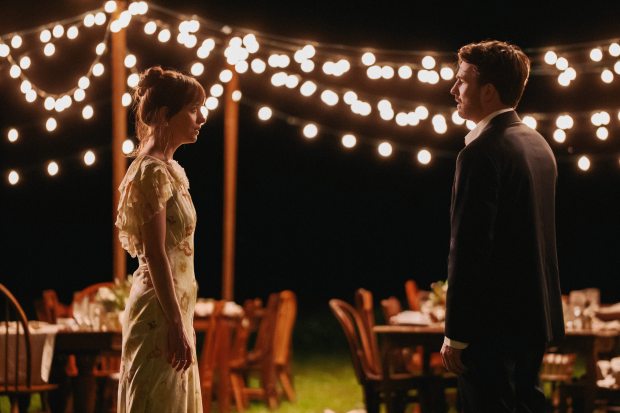During dismal winter days, evergreen trees and shrubs bring precious color and cheer to yards and neighborhoods. Let’s pay them back by learning their names.
All evergreen shrubs may look alike to a new homeowner, but they’re not. “The different species commonly used around Midwestern homes have different needs,” said Sharon Yiesla, plant knowledge specialist in the Plant Clinic at The Morton Arboretum in Lisle. “Winter is a good time to learn to identify your evergreen shrubs so you can give them the best care.”
Treating all evergreens alike can lead to trouble. For example, shearing arborvitae with power hedge trimmers the way you can a yew may leave you with a collection of bare brown sticks.
Here are a few common evergreen shrubs. To learn more about them, search at mortonarb.org/trees-and-plants. For help identifying any tree or shrub, consult the Plant Clinic (mortonarb.org/plant-clinic).
Yew (Taxus). Sturdy, hardy, resilient and relatively shade-tolerant, yews are common, especially in older neighborhoods where many were planted in the 20th century for formal hedges. Unlike many shrubs, yews can tolerate shearing with a hedge trimmer because they can sprout new growth from hidden buds along their branches. Identify a yew shrub by the flat, soft needles, arranged side by side along the branches. They have a dark green, shiny top surface and a lighter green, matte underside. Cultivars (cultivated varieties) of yews vary greatly in size. “Some can grow as large as 40 feet high if they aren’t kept under control by regular pruning,” Yiesla said.
Mugo pine (Pinus mugo). This shrubby pine adapted for the home landscape can be 5 to 20 feet high, depending on the cultivar. Its slender, bright green, stiff, slightly curved needles are 1 to 3 inches long and are arranged in bundles of two. To control the size of a Mugo pine, pinch back the green growing shoots, also called candles, in mid-spring.
Boxwood (Buxus). With small, flat leaves instead of needles and a rounded shape, boxwoods are commonly used in hedges or as specimen plants. The round or oval leaves are dark green and shiny above and lighter green and matte below, and they are arranged along the branch in opposite pairs. They often have a bronze cast in winter. “Boxwoods can tolerate shearing, but they are more attractive if you prune them selectively with hand pruners,” Yiesla said. As with many evergreens, the shaded interior of boxwood shrubs can become bare, with leaves growing only at the branches’ outer tips. This so-called dead zone is more likely to develop if evergreens are kept sheared. Selective pruning will allow more light into the interior and encourage leaves or needles to grow there.
Arborvitae (Thuja). These extremely common evergreen trees or shrubs are used often as specimens or in rows as privacy hedges. Their needles are soft and dark green, arranged in flat sprays of overlapping scales at the ends of short, ascending branches. There are cultivars in many sizes and shapes, although arborvitaes are most often seen as narrow trees. They can grow to substantial heights of 50 to 70 feet if not controlled by pruning. When pruning arborvitaes, it is important to make cuts only in the outer part of a branch that has green needles. “If you prune into the brown, bare part of the branches toward the trunk, the plant won’t be able to grow new needles,” she said. “Those branches will stay bare.”
Juniper (Juniperus). Hardy, tough and tolerant of drought and road salt, junipers are often planted in difficult sites. Their gray-green to blue-green foliage may consist of stiff, prickly, pointy needles arranged around a branch, or it may consist of coarse fans with overlapping scales. In fall and winter, many juniper shrubs bear gray-green to blue berrylike fruits —actually modified cones — that attract birds. There are juniper species and cultivars in many shapes and sizes, from low, creeping ground covers to 40-foot trees. Like arborvitaes, junipers cannot grow new needles from the bare branches in the interior of the shrub, so prune a branch only in the part that has needles.
For tree and plant advice, contact the Plant Clinic at The Morton Arboretum (630-719-2424, mortonarb.org/plant-clinic, or plantclinic@mortonarb.org). Beth Botts is a staff writer at the Arboretum.




